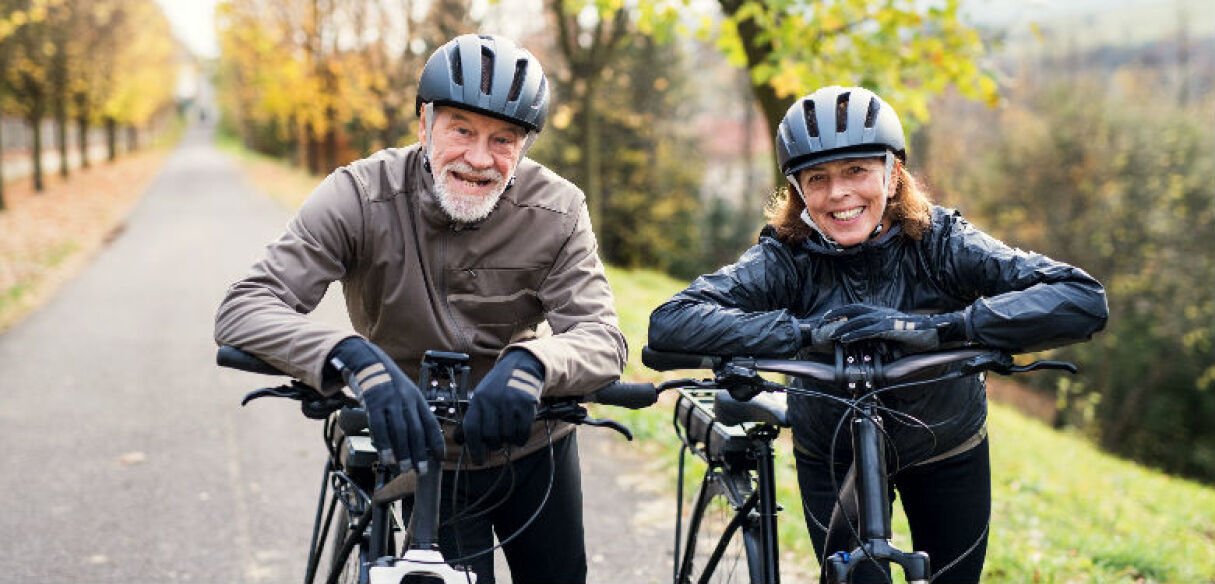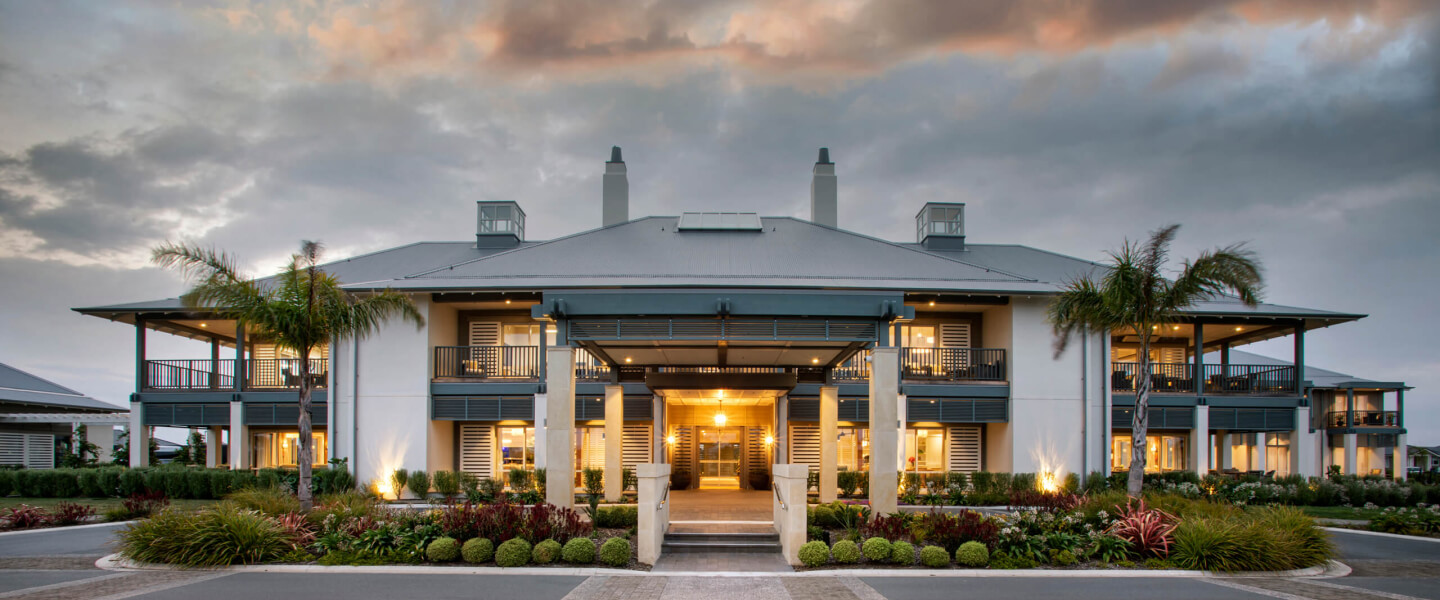Submit an enquiry to our Sales Manager
If you would like to receive more information about Pacific Coast or arrange a visit, please complete the form below. Note: If you are making an employment enquiry, please click here.
{"data":[],"config":{"id":233,"content_id":null,"name":"Enquiry Form","type":"form","position":233,"active":1,"created_at":"2021-03-22T21:52:00.000000Z","updated_at":"2025-11-05T15:21:36.000000Z","content":"<p>If you would like to receive more information about Pacific Coast or arrange a visit, please complete the form below. <strong>Note:<\/strong> If you are making an employment enquiry, please <a href=\"https:\/\/www.pacificcoastvillage.co.nz\/careers\"><strong>click here.<\/strong><\/a><\/p>","description":"Submit an enquiry to our Sales Manager","sharpspring_url":"https:\/\/app-3QN8JU2KRI.marketingautomation.services\/webforms\/receivePostback\/MzawMDE1NzI3BgA\/","sharpspring_endpoint":"71620773-c2a6-41b3-b954-63da7faac5f1","template":"Register Modal","image":{"id":333,"parent_id":15,"name":"Registration form background.jpg","description":null,"folder":null,"storage":"assets","size":350736,"extension":"jpeg","mime_type":"image\/jpeg","width":2880,"height":1053,"keywords":null,"usage":{"panels.233":"Enquiry Form"},"created_at":"2021-07-13T23:13:37.000000Z","updated_at":"2025-11-19T22:52:37.000000Z","value":null,"_meta":null,"node_path":[{"id":15,"name":"Backgrounds","parent_id":null},{"id":333,"name":"Registration form background.jpg","parent_id":15}],"readonly":null,"link":"\/asset\/333.jpeg","readable_size":"342.52 kB","secured":false,"secured_token":"eyJ0eXAiOiJKV1QiLCJhbGciOiJIUzI1NiJ9.eyJzdG9yYWdlcyI6WyJzZWN1cmVfYXNzZXRzIl0sImZpbGUiOjMzM30.I3DWI4OaavWkzG31gbCMseJlTXpi5RocxjzjzVi_DWg","full_path":"15\/333"},"image_background_colour_preset":"White","fields":[{"id":58,"panel_id":233,"name":"first-name","title":"First name","data_type":"input-text","required":1,"auto_populated":null,"values":null,"field_value":null,"position":58,"active":1,"created_at":"2025-10-22T22:46:15.000000Z","updated_at":"2025-10-24T12:07:46.000000Z","refs":null,"placeholder":null,"default_value":null},{"id":59,"panel_id":233,"name":"last-name","title":"Last name","data_type":"input-text","required":1,"auto_populated":null,"values":null,"field_value":null,"position":59,"active":1,"created_at":"2025-10-22T22:46:28.000000Z","updated_at":"2025-10-24T12:07:47.000000Z","refs":null,"placeholder":null,"default_value":null},{"id":60,"panel_id":233,"name":"email","title":"Email address","data_type":"input-email","required":1,"auto_populated":null,"values":null,"field_value":null,"position":60,"active":1,"created_at":"2025-10-22T22:46:45.000000Z","updated_at":"2025-10-24T12:07:47.000000Z","refs":null,"placeholder":null,"default_value":null},{"id":61,"panel_id":233,"name":"phone","title":"Phone number","data_type":"input-text","required":0,"auto_populated":null,"values":null,"field_value":null,"position":61,"active":1,"created_at":"2025-10-22T22:46:59.000000Z","updated_at":"2025-10-24T12:07:48.000000Z","refs":null,"placeholder":null,"default_value":null},{"id":62,"panel_id":233,"name":"enquiry-type","title":"What best describes your enquiry?","data_type":"selectbox","required":1,"auto_populated":null,"values":"Sales Enquiry|sales-enquiry\nEmployment Enquiry|employment-enquiry\nOther|other","field_value":null,"position":62,"active":1,"created_at":"2025-10-22T22:47:21.000000Z","updated_at":"2025-11-06T14:17:28.000000Z","refs":null,"placeholder":null,"default_value":null},{"id":63,"panel_id":233,"name":"care-type","title":"Are you looking for?","data_type":"selectbox","required":1,"auto_populated":null,"values":"Independent Living|independent-living\nServiced Apartment (Assisted Living)|serviced-apartment\nCare|care\nOther|other","field_value":null,"position":63,"active":1,"created_at":"2025-10-22T22:47:43.000000Z","updated_at":"2025-10-24T12:07:49.000000Z","refs":null,"placeholder":null,"default_value":null},{"id":64,"panel_id":233,"name":"enquiry-for","title":"Who are you enquiring for","data_type":"selectbox","required":1,"auto_populated":null,"values":"Myself|myself\nMyself and a Partner|myself-partner\nFamily Member or Friend|family-friend\nOther|other","field_value":null,"position":64,"active":1,"created_at":"2025-10-22T22:48:08.000000Z","updated_at":"2025-10-24T12:07:50.000000Z","refs":null,"placeholder":null,"default_value":null},{"id":65,"panel_id":233,"name":"description","title":"How can we be of assistance?","data_type":"textarea","required":1,"auto_populated":null,"values":null,"field_value":null,"position":65,"active":1,"created_at":"2025-10-22T22:48:31.000000Z","updated_at":"2025-10-24T12:07:50.000000Z","refs":null,"placeholder":null,"default_value":null}]}}

